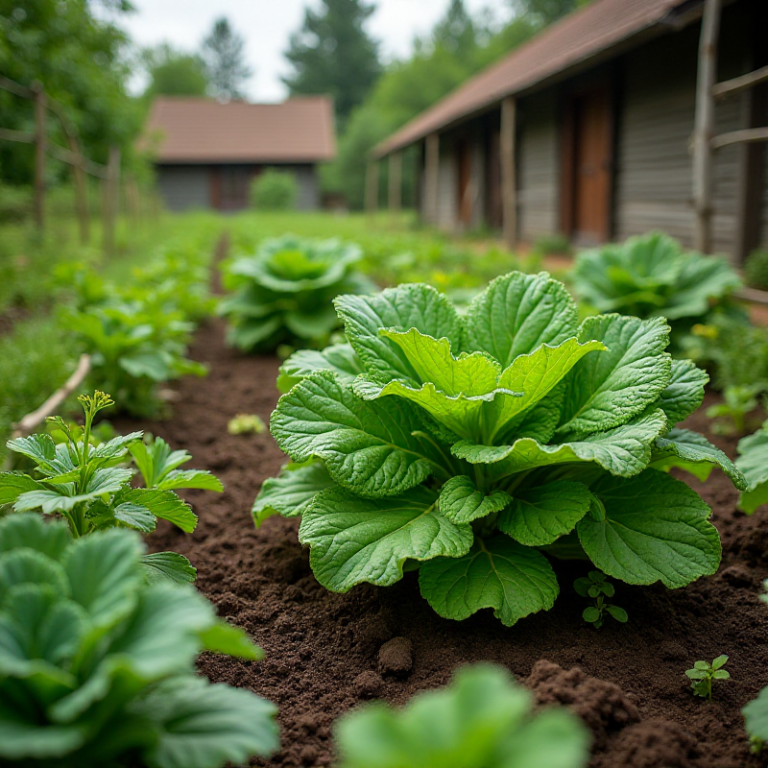Growing a survival garden is an essential skill for anyone interested in self-reliance and long-term food security. Whether you’re prepping for an emergency or aiming to live a more sustainable life, learning how to cultivate your own food ensures a steady supply of nutrients and independence from external disruptions. In this guide, we’ll discuss essential tips for planning, growing, and maintaining your survival garden to maximize yields and promote self-sufficiency.
1. Plan Your Garden Wisely Before planting, it’s crucial to plan out your survival garden effectively. The first step involves selecting a suitable location. Choose an area with sufficient sunlight, ideally receiving 6-8 hours per day, and access to a water source. Consider using raised beds or container gardening if space is limited.
Choose the right crops: The best survival gardens prioritize high-yield, nutrient-dense crops that are easy to grow and store. Examples include:
- Root vegetables like potatoes and carrots, which are hearty and store well.
- Leafy greens such as kale and spinach for quick, continuous harvests.
- Legumes like beans and peas for protein and soil health.
- Herbs including basil, thyme, and oregano for flavor and medicinal use.
2. Opt for Heirloom and Non-GMO Seeds When growing a survival garden, opt for heirloom and non-GMO seeds. Heirloom seeds produce crops that can be regrown year after year, ensuring sustainability and long-term harvests. These varieties often have superior flavor and nutritional value compared to hybrid versions and allow you to save seeds from your crops for future planting.
Seed saving tips: After your plants mature, let a few go to seed. Collect and store these seeds in a cool, dark place in airtight containers to use next season.
3. Build Healthy, Resilient Soil The foundation of any successful survival garden lies in its soil. Healthy, nutrient-rich soil results in robust plants that can withstand pests and fluctuating weather conditions. Start by testing your soil’s pH and nutrient levels. Most vegetables thrive in soil with a pH between 6.0 and 7.0.
Improve soil health by:
- Adding organic matter: Use compost, manure, or leaf mold to enrich the soil with essential nutrients.
- Employing crop rotation: Rotate crops annually to prevent nutrient depletion and minimize the risk of plant diseases.
- Implementing mulch: Apply organic mulch around your plants to retain moisture, reduce weeds, and moderate soil temperature.
4. Water Wisely and Efficiently Proper watering techniques are vital for a thriving survival garden. Overwatering or inconsistent watering can lead to root rot, mold, or stunted growth. The key is to water deeply and less frequently to encourage deep root growth.
Best practices for watering:
- Water early in the morning or late in the evening to minimize evaporation.
- Install a drip irrigation system or soaker hoses for precise, water-efficient delivery.
- Collect rainwater in barrels to create an emergency water supply and cut down on reliance on municipal water sources.
5. Protect Your Garden Naturally In a survival scenario, synthetic chemicals for pest and disease control might not be readily available. Learning how to protect your garden using natural methods is essential.
Natural pest control solutions:
- Companion planting: Pair plants that benefit each other. For instance, marigolds can deter nematodes and certain beetles, while basil can repel mosquitoes and flies.
- Neem oil and garlic spray: These act as natural insecticides that deter aphids, mites, and other garden pests.
- Beneficial insects: Encourage ladybugs, praying mantises, and lacewings to make your garden their home for natural pest control.
6. Harvest and Store Your Produce Once your crops are ready, harvesting at the right time is crucial to ensure the best flavor and longevity. Plan your harvest according to the maturity of each vegetable or fruit and pay attention to signs like color changes or the firmness of the produce.
Storing tips:
- Canning and pickling: Preserve vegetables and fruits for long-term storage with simple canning and pickling techniques.
- Dehydrating: Dry herbs, fruits, and vegetables to keep them shelf-stable.
- Root cellaring: Create a makeshift root cellar for hardy vegetables like potatoes, carrots, and beets, which can last for months without refrigeration.
7. Build Resilience with Perennials To make your survival garden truly sustainable, integrate perennial crops that regrow year after year. Perennials such as asparagus, rhubarb, and certain berry bushes offer repeated harvests with minimal maintenance. Additionally, perennial herbs like rosemary and thyme provide fresh seasoning and medicinal properties with minimal effort.
Conclusion Growing a survival garden is a valuable and rewarding skill that empowers you to sustain yourself and your family during uncertain times. By following these key steps—from planning and choosing the right seeds to maintaining healthy soil and efficient water use—you can build a garden that offers nourishment, resilience, and peace of mind. With dedication and practice, your survival garden can become an essential component of your self-reliant lifestyle.



